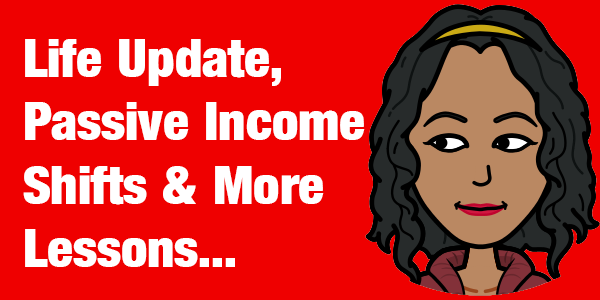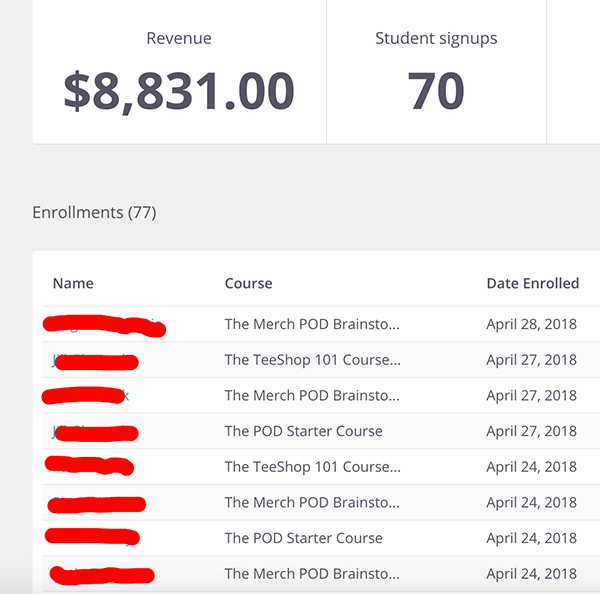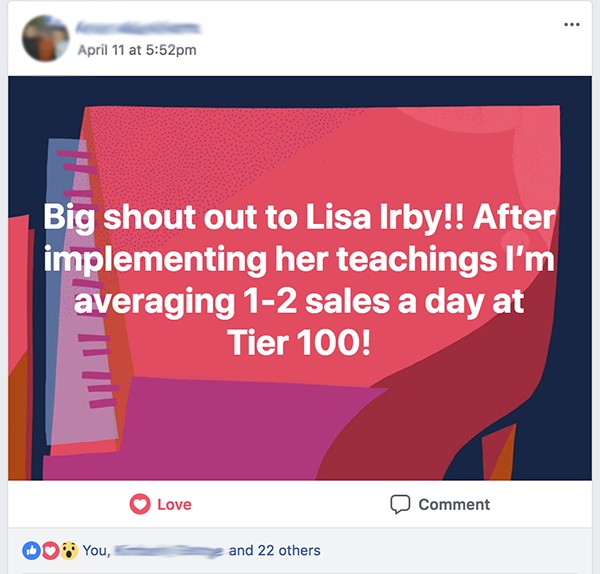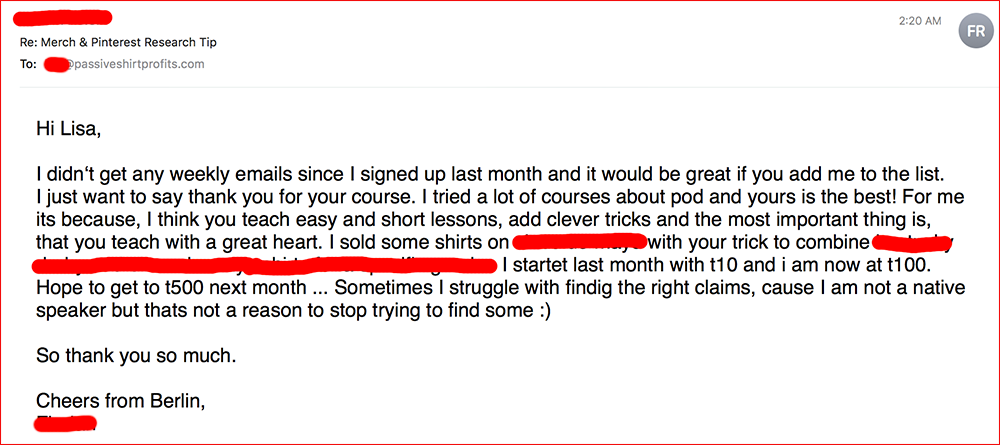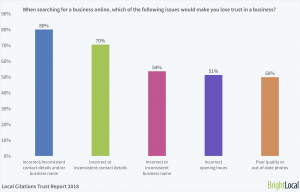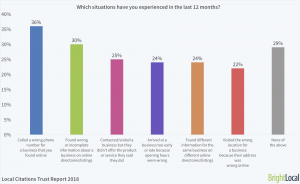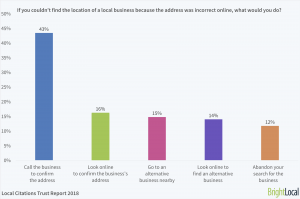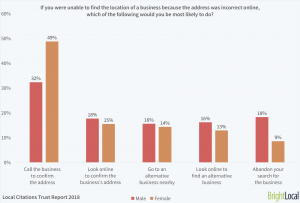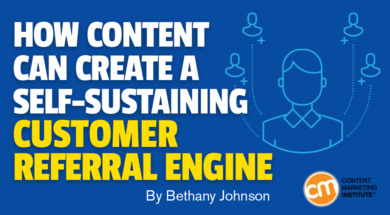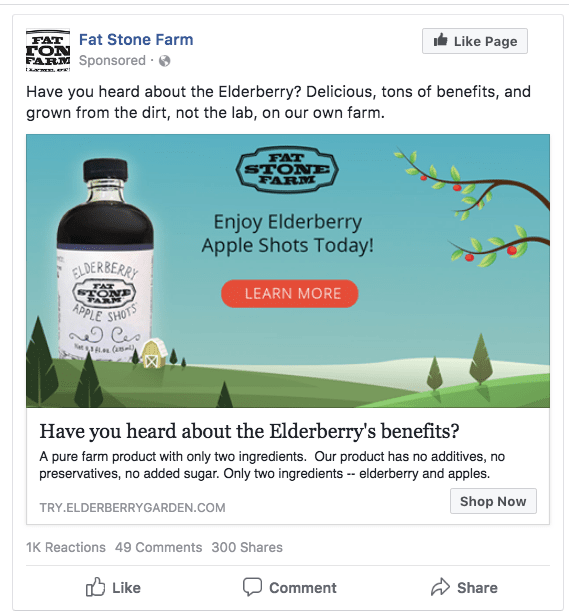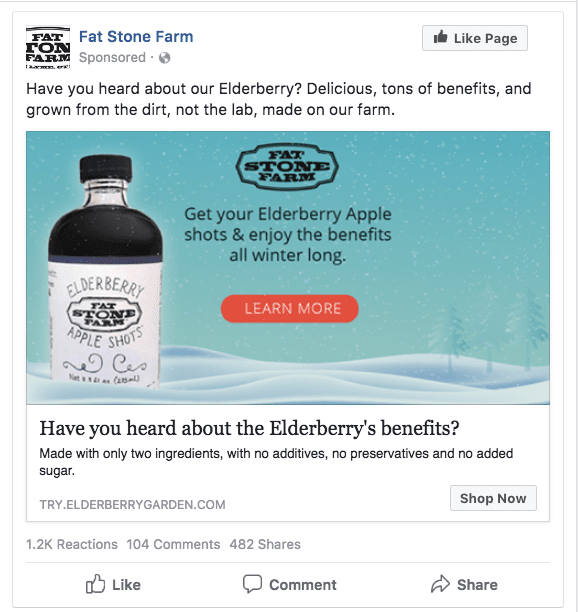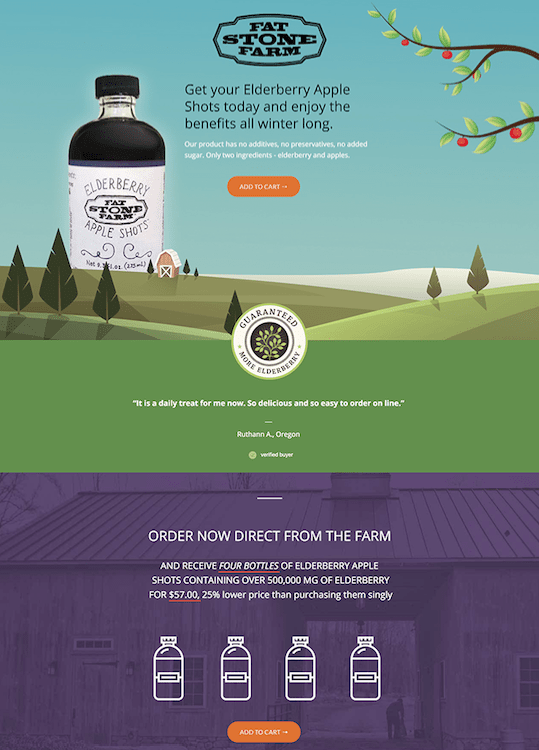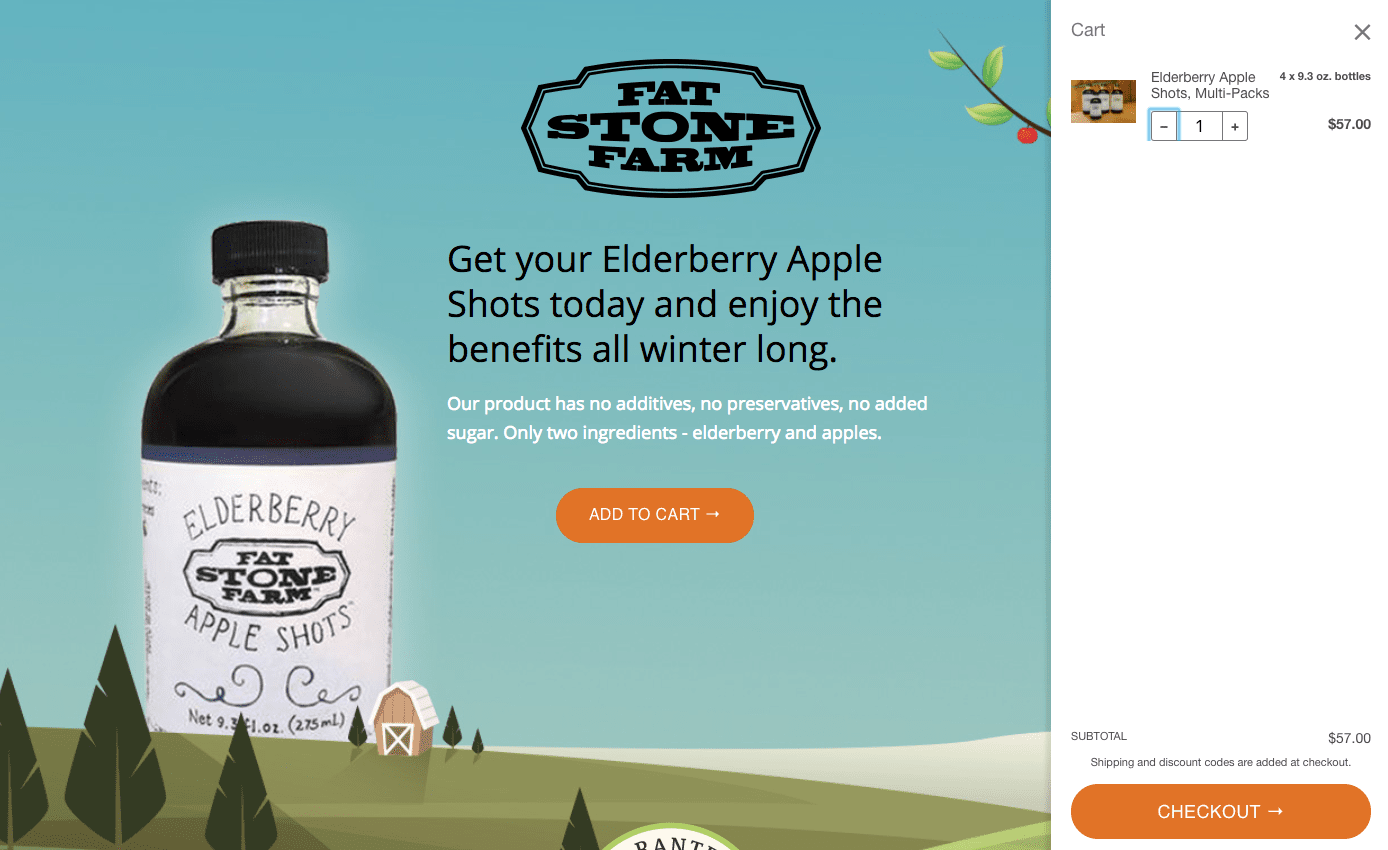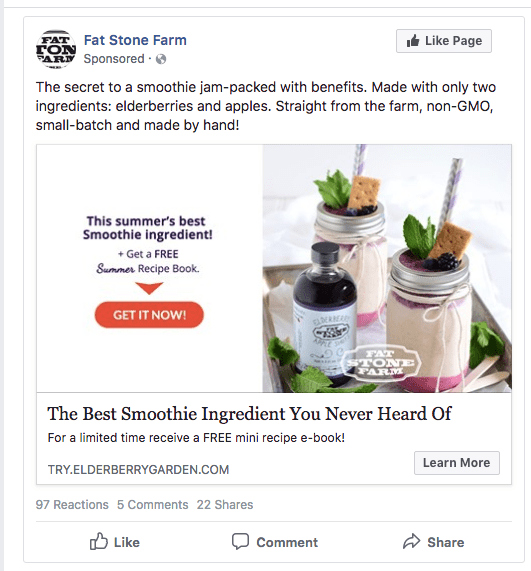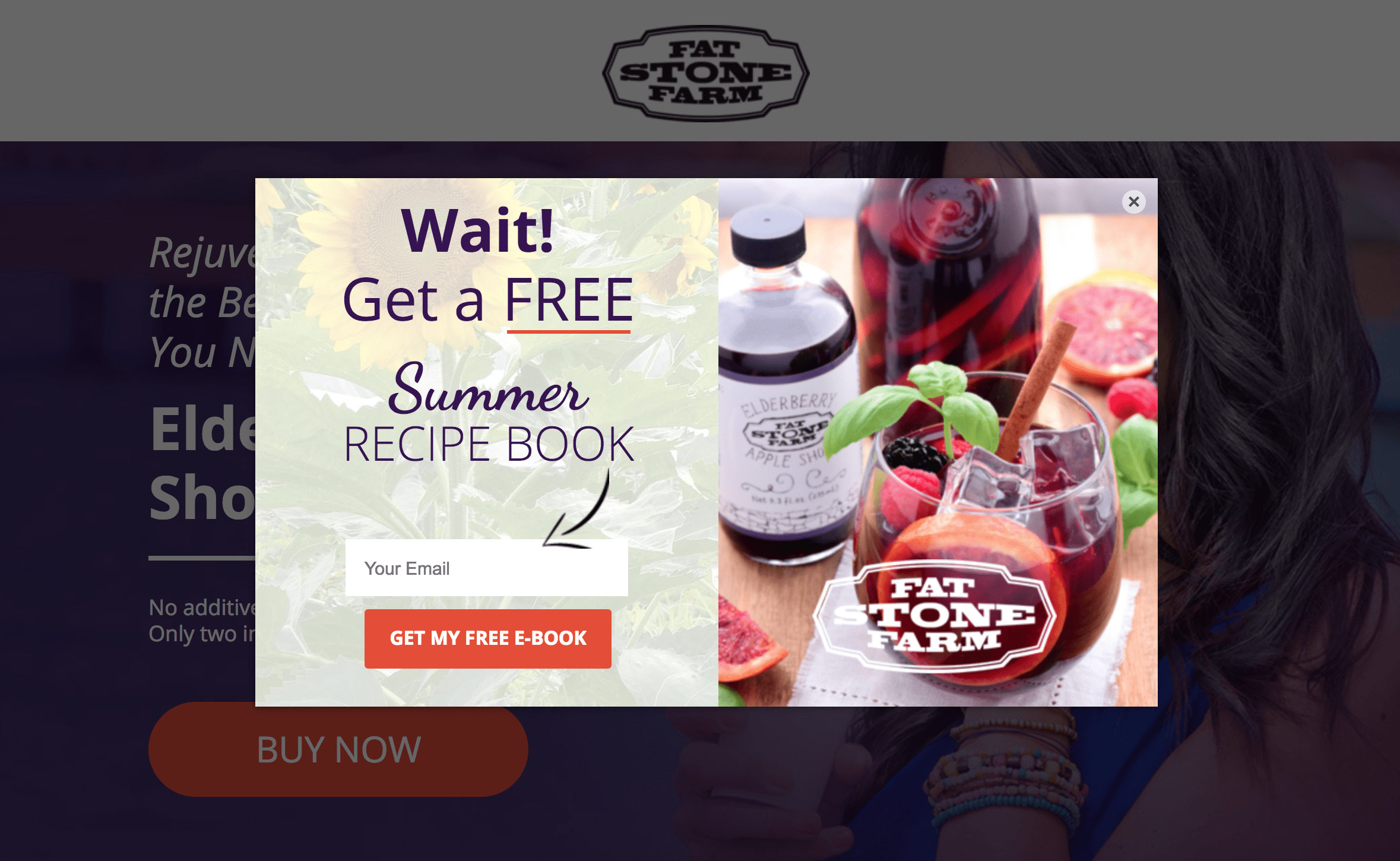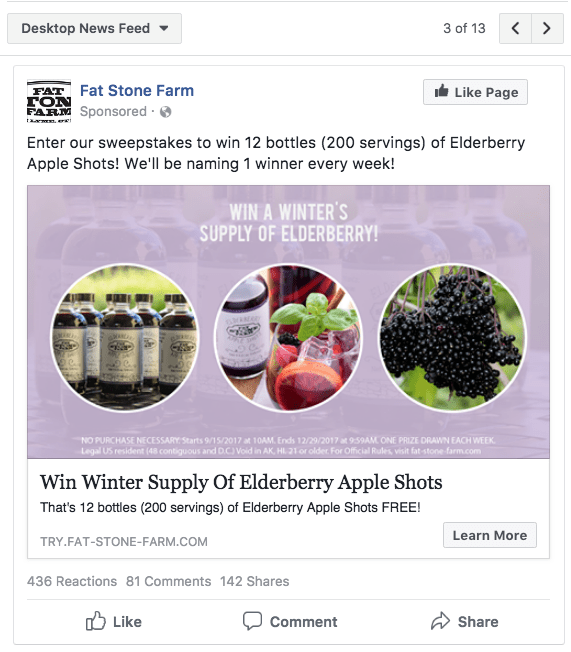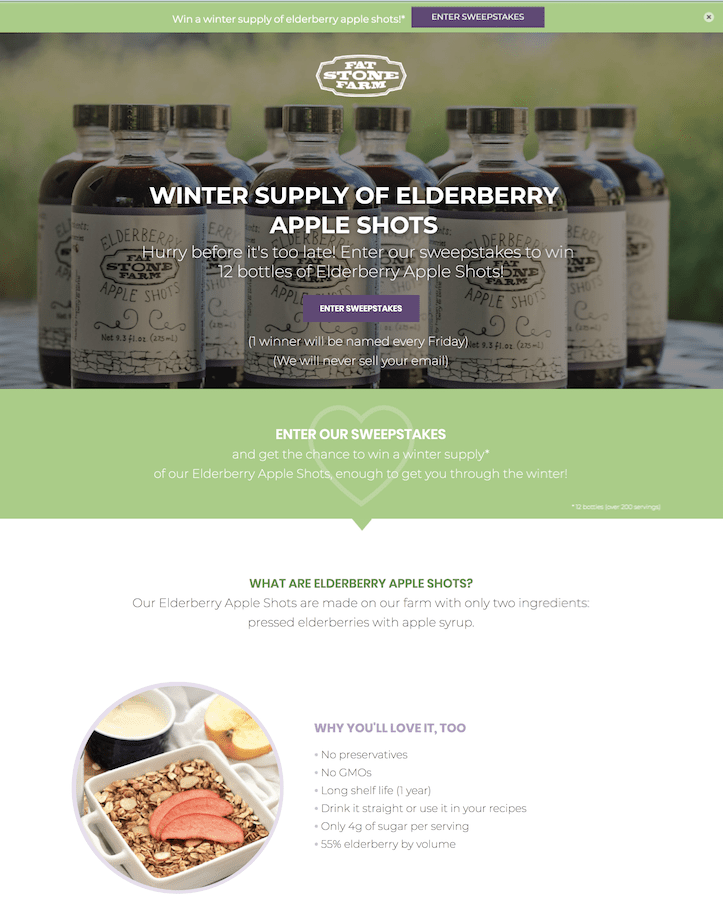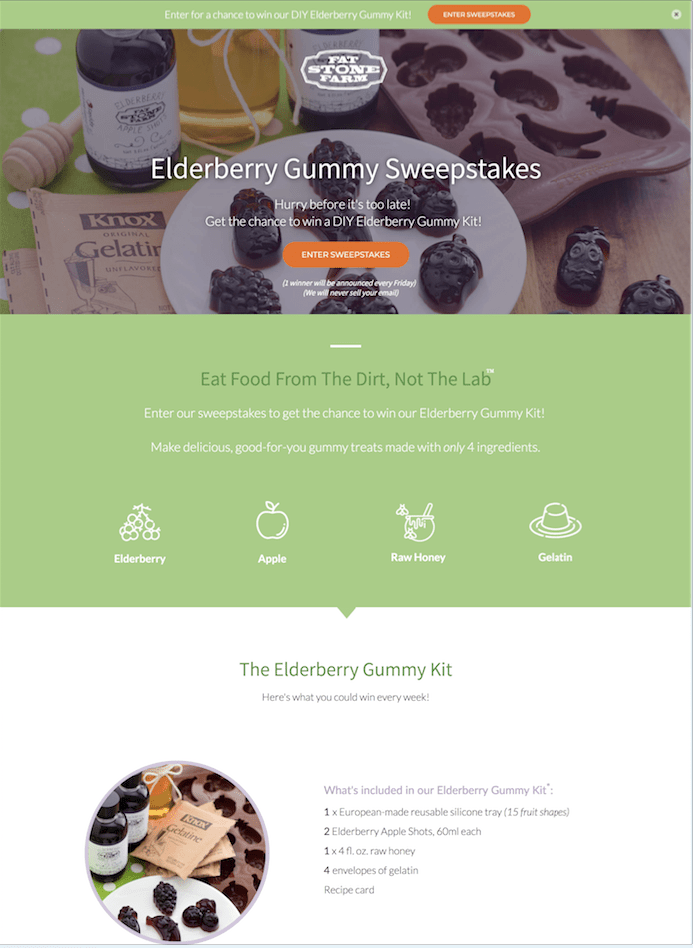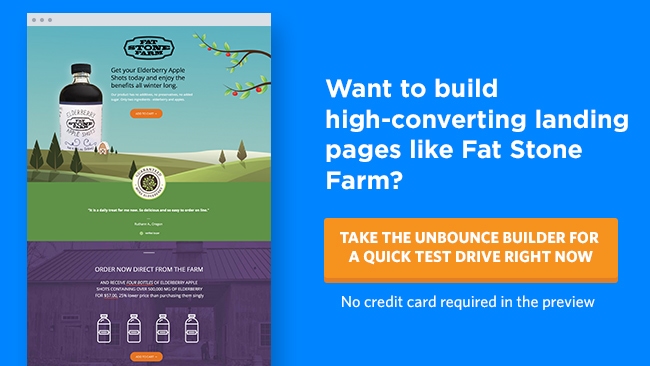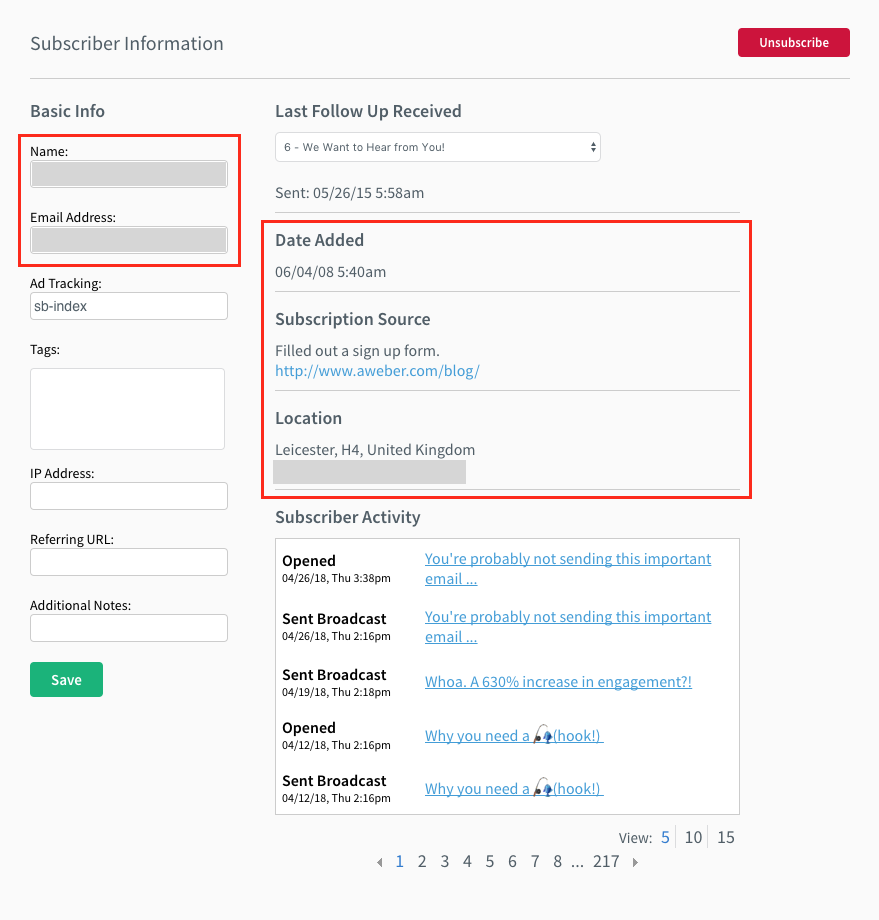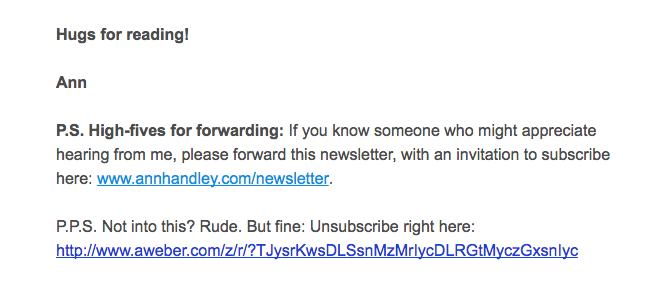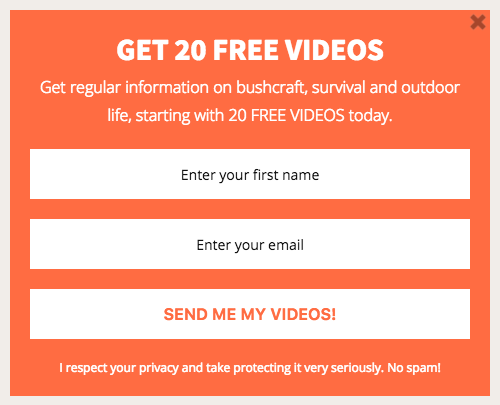Google’s mobile-first index is here, causing fresh uncertainty about potential SEO impacts – but there are a number of proactive steps to take to manage risk and maximize ranking opportunities.
Rather than passively wait to feel the impact of the shift to mobile-first indexation, we advise companies to take six specific actions to prepare for opportunities and protect site performance as the mobile-first index is rolled out throughout 2018.
Brands that have been prioritizing mobile performance shouldn’t experience a negative impact from the mobile-first index, but an honest and systematic re-evaluation is required. Companies who have allowed the mobile and desktop experience to diverge over the years will likely experience change – rankings could be lost (or gained) as a result of the switch.
Before diving in and making changes to prepare for the mobile-first index, we recommend running a full audit of current desktop and mobile rankings in all the regions your company does business in, along with top performing pages.
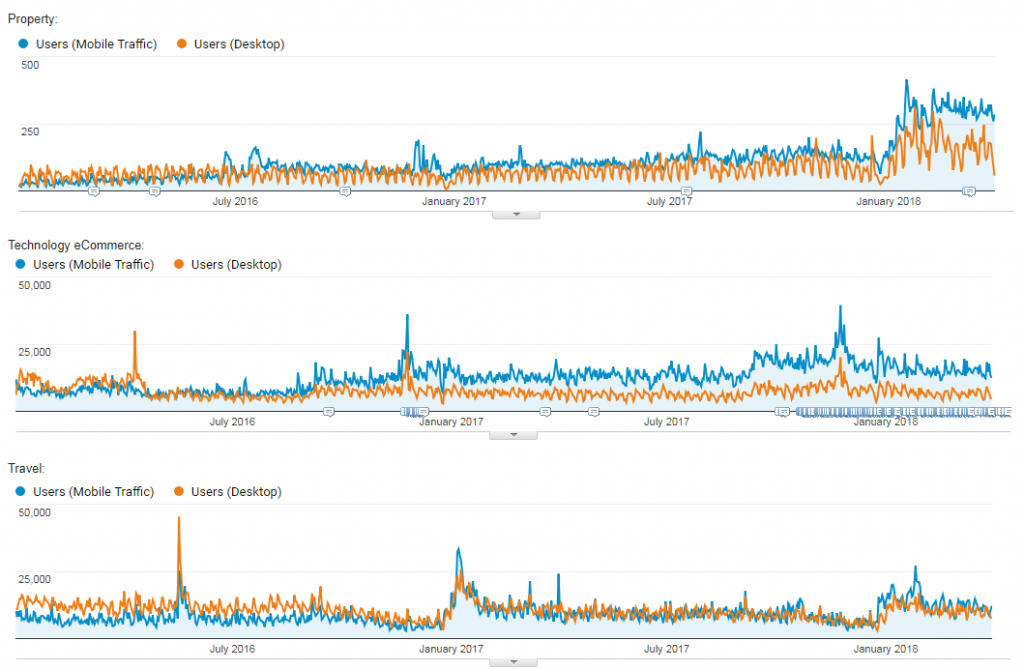
Tracking this performance over time, any losses or gains in keyword visibility should be clear to see – along with potential causes. Across the six actions below the common thread is Google’s determination to provide accurate answers to users, in the channel that is used most frequently – mobile.
Keeping that at the heart of your SEO strategy and things should be fine – but having a plan certainly helps.
Identify risks
- Action one – go mobile-responsive
Even today, too few marketers and SEO professionals meaningfully differentiate between responsive, mobile-friendly and standalone mobile sites – but that difference will become especially important in 2018.
A responsive website adjusts (or responds) based on user activity and the device used. Typical features of a responsive site include minimal navigation, images optimized for mobile and content that shifts seamlessly according to the size of the display.
In comparison, a mobile-friendly design is often anything-but mobile-friendly, attempting to show content on a mobile device as they do on a desktop, and so give users the frustrating experience of having to manually zoom in, or squint at small fonts.
Finally, some brands still operate standalone mobile sites, completely separate from the desktop experience. With responsive and mobile-friendly sites, there shouldn’t be any difference in content from a desktop version of a site.
However, a mobile-friendly site may be disproportionately skewed towards the desktop experience with an impact on factors like mobile site speed, navigation and general usability – and these are all areas of concern when considering how Google evaluates quality in 2018.
With a separate mobile site, marketers need to make sure that the mobile version contains everything (useful) that your desktop site does which could be a lot of work depending on your mobile strategy so far.
For some brands still lingering with standalone mobile sites, the shift to the mobile-first index may be the nudge needed to move to a fully responsive approach to the site.
Whether you operate responsive, mobile-friendly or a standalone mobile site, the first action we recommend is to identify any differences and either add to or completely overhaul the mobile sites you manage.
While desktop site continue will factor into rankings as a secondary consideration (and it is vanishingly unlikely that longstanding sites with many well-earned rankings will be wiped off the SERPS) making sure the mobile experience contains all the relevant content of the desktop experience – including all structured data/meta description/alt text/schema – is an important protective step.
- Action two – optimize site speed versus competitors
The mobile-first index flips previous logic – when 80% of evaluations about rankings were based on desktop crawling and indexing, site speed considerations were less of a concern.
However, as Google crawls mobile sites while mimicking (a not-very-good) mobile connection, slow performance, elements that struggle to load and broken links will quickly use up crawl equity and indicate that your site is less efficient at delivering the answers that users want relative to your competitors.
In addition to Google tools, we regularly use platforms like GTMetrix, Pingdom, DareBoost and WebPageTest.org to get a complete view of speed issues.
Particularly for international sites, testing mobile speed from different locations and comparing these measurements to those of your key competitors will help establish practical targets to aim for. Although Google frequently mentions a target page speed of under three seconds as being ideal, in practical reality and SEO terms, aiming to be better than your competitors should be enough.
Like with SEO in general, speed optimization is similar to an old joke – ‘you don’t have to run faster than the bear to get away. You just have to run faster than the guy next to you.’
As ever, the quickest wins in terms of speed are usually to be found in reducing image and video size, managing JavaScript and other moving elements, minimizing tracking codes and scripts and doing what you can to reduce any slowdown caused by bolt-ons like booking and payment platforms.
The challenge for SEO professionals is to identify elements like these that can be improved without too much damage to the brand experience or taking away content useful for users.
- Action three – optimize the customer journey
Understanding the intent of site visitors and reducing barriers from their first click in the SERPS to the information they are looking for should result in positive user experiences – and minimize the risk that comes from a site experience that causes confusion, fruitless clicking around and pushes customers away.
Although there’s some fuzziness about quite how Google interprets the quality of a user’s visit – and how it rewards that quality in terms of rankings – we advise researching the different types of mobile journeys your customers take in a systematic way and making them more efficient.
Though much ‘best practice’ SEO advice has in the past been based around engagement and keeping visitors on the site, we all know that site visitors often stick around because they’re being frustrated by unclear navigation and a poor approach to customer journey planning.
Users are more impatient of poor customer journeys on mobile – and we must anticipate that Google will feel the same too. Though helping visitors to get the answers they seek more quickly may actually decrease dwell time, we’re confident that Google and other search engines will differentiate between a short visit and a swift return to the SERPS, and a short visit that successfully ends the user’s search.
Evaluating bounce rates and the success of the mobile user journey using heat-mapping tools like Hotjar or user research panels like Peek User Testing will bring in objective data to answer whether your visitors are engaged and loving your content, or hitting barriers and getting increasingly annoyed.
In the mobile-index era, we predict that this annoyance will have a greater impact on rankings – and so is a risk to be managed carefully.
Maximising opportunities
While taking steps to understand your assets and protect your rankings is important, the shift to the mobile-first index is also a big opportunity to get ahead of competitors who are less prepared. Knowing that others will be slow to react really gives an extra incentive to put real effort into SEO strategies that will positively differentiate your brand from competitors.
- Action four – prioritize content formatting that excels on mobile.
A lot of content marketing (such as infographics, interactive microsites, mega pages and even video, depending on the platform) produced by brands still display poorly on mobile devices.
Taking a mobile-first mindset and prioritizing everyday content and content marketing assets that work particularly well on mobile devices will resonate best with both customers and search engines. Fortunately, there are a lot of methodologies that can be used to provide depth of content that is engaging and easily navigable on mobile.
One of the biggest changes is the resurgence of expandable content areas like tabs, accordions and other filters. Use filters to hide content not relevant to a visitor’s specific query, tabs that reveal further information when clicked and accordions that expand the page are all familiar to site visitors – and allow for a single web page to be seamlessly used in multiple ways by multiple audiences.
While these have been seen by Google and other search engines as a potentially sneaky way to cram in content to a page, Google is on record as stating that content that is hidden to make a mobile site more efficient and speedier to explore will be taken into full consideration.
While competitors may have a responsive or mobile-friendly site and feel that this is enough preparation, many will likely still take a desktop-first mindset, creating overloaded pages that are tedious to wade through on mobile devices.
Thinking with a customer and mobile-first mindset to arrange content that can be skimmed easily through logical headings, bolding of main points and pull-out quotes, numbered lists, bullet-points and more will support mobile visitors and and differentiate from competitors while allowing search engine bots to crawl effectively.
- Action five – evaluate AMP and progressive web apps
Again capitalizing on the slowness of competitors, the move to the mobile-first index means a re-evaluation of progressive web apps and accelerated mobile pages could bring up big opportunities.
As a recap, Accelerated Mobile Pages allow web pages to load especially quickly by loading page elements asynchronously and removing out elements of JavaScript that cause delays.
AMP templates are easily applied in the code with well-established procedures to provide the speedy AMP version to search engines, with the slower (but perhaps more visual) non-AMP still being recognized for ranking purposes with a canonical tag.
Progressive Web Apps use browser feature detection to give a fast, app-like experience that can be loaded from a mobile home screen or simply visited with a direct link. Websites that have a lot of moving parts and a lot of returning traffic, for example in e-commerce or other transactional sites, are the most well suited for Progressive Web Apps as they can massively streamline the user experience.
In both cases, although implementation is comparatively straightforward, you can bet that a minority of companies in your industry will have a systematic approach to using these technologies.
Being fast, being relevant and being right are key watchwords for future mobile-first SEO and using technologies that help speed, indexation and the user experience is a positive and proactive step.
Action six – identify competitors to beat
As discussed, not every competitor will be thinking systematically about the mobile-first index, or the changing nature of SEO in general. That opens up the possibility that by being faster and more focused, some previously difficult to rank for keywords will become more obtainable.
Using your business and industry knowledge, we advise clients to identify competitors who have rankings ahead of your own that may be less responsive to change, and underprepared for the mobile-first index.
Building these target keywords into your mobile strategy and wider SEO strategy – including off-site SEO and link earning – should result in some strong opportunities.
Conclusion – manage risk, capitalize on opportunities
For some, the mobile-first index won’t result in anything transformational – if you’ve been following best practice for years and your main competitors have been doing likewise there probably won’t be any game-changing shifts.
However, in any period of uncertainty there are opportunities to take advantage of and risks to manage – and in competitive SEO niches, taking every chance to get ahead is important.
Whatever your starting point – the mobile-first index is the new normal in SEO, and now is the time to get to grips with the challenge – and potential.
from Search Engine Watch https://ift.tt/2I6oFyM







